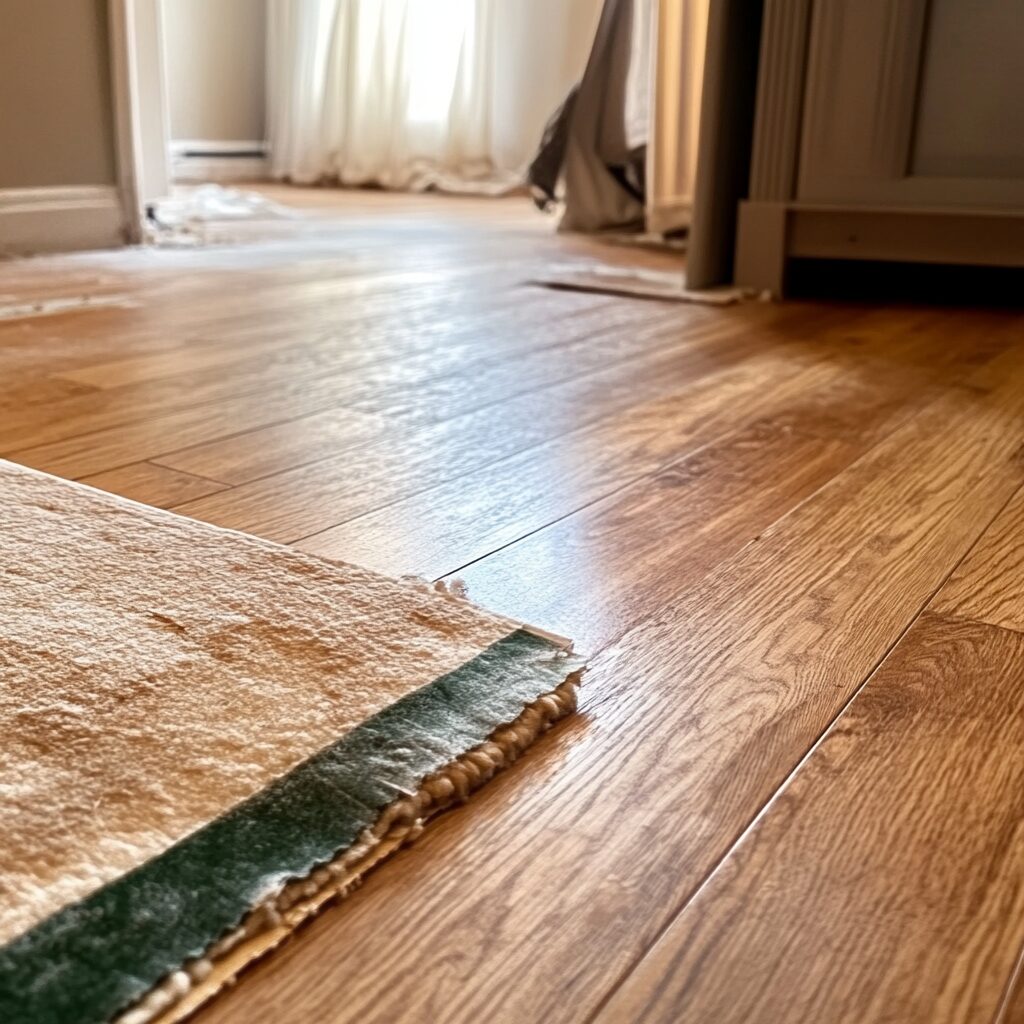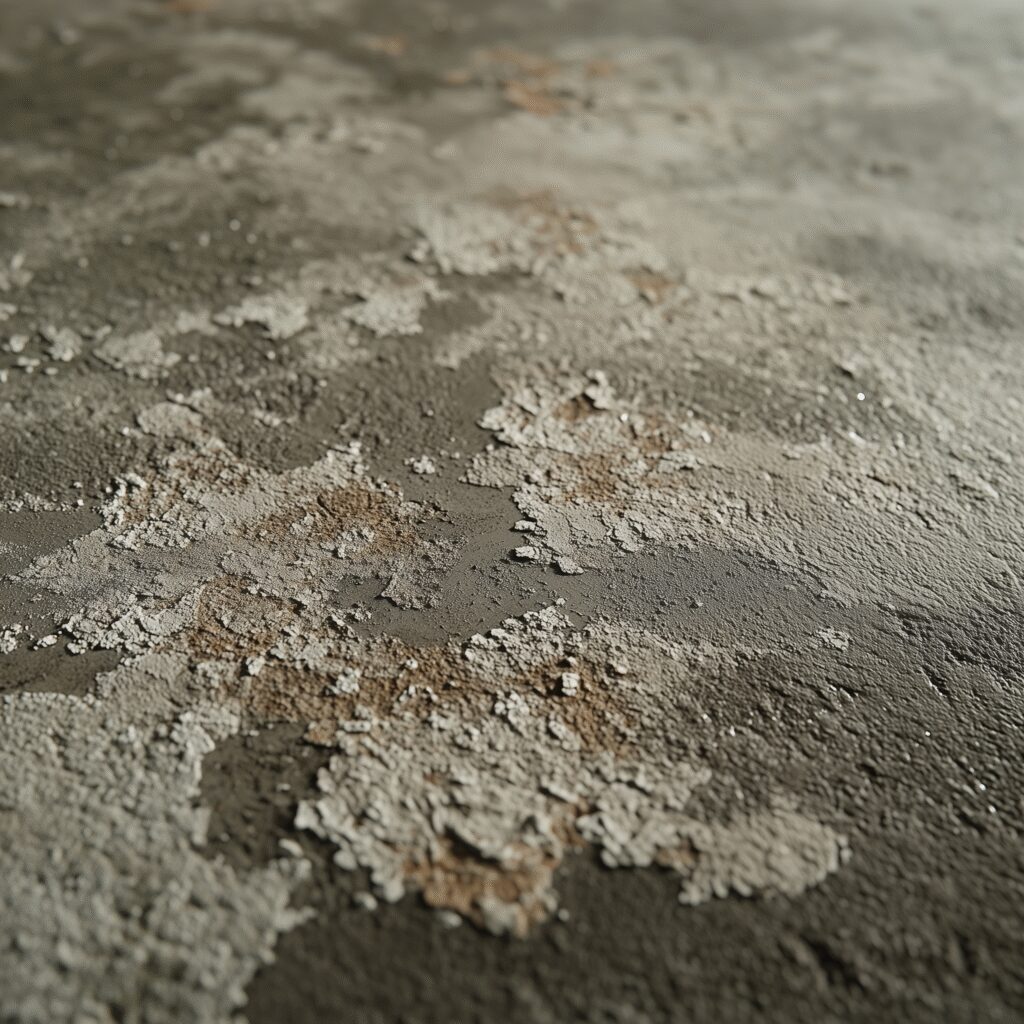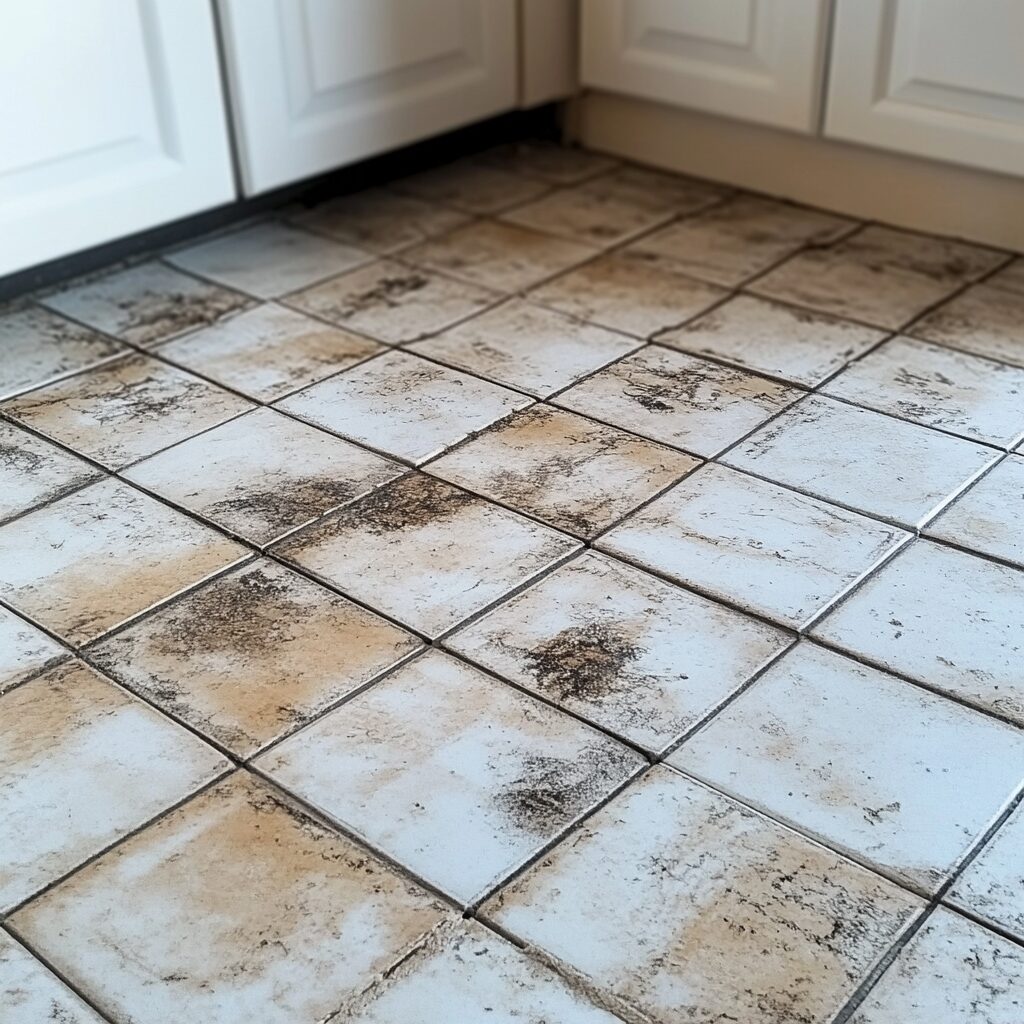Effective Methods for Carpet Adhesive Removal

Removing carpet glue adhesive can be challenging, especially if the glue has bonded strongly to the surface underneath. Whether you’re dealing with concrete, wood, or another type of flooring, the right method ensures a smooth and clean removal. In this article, we’ll explore various techniques suited for different surfaces and highlight eco-friendly solutions where applicable.
Understanding Carpet Glue Adhesives
Carpet adhesives are typically water-based, solvent-based, or urethane-based. The type of adhesive determines the difficulty of removal and the best approach.
Preparation Before Removal
Before starting, ensure proper ventilation if working indoors, as some adhesive removers release strong fumes. Wear protective gloves and goggles if using chemicals.

Water-Based Adhesives
Water-based carpet adhesives are among the easiest to remove because they react well to moisture and heat. If you’re dealing with this type of glue, here are the best methods to break it down effectively:
Step-by-Step Removal Process
1. Hot Water & Soap Method (Gentle & Eco-Friendly)
- Heat a pot of water until it’s steaming but not boiling.
- Mix in a few drops of dish soap to help loosen the adhesive.
- Pour the solution over the affected area and let it soak for 15-20 minutes.
- Use a scraper or stiff brush to remove the softened glue.
2. Steam Treatment (Best for Stubborn Residue)
- Use a handheld steamer or an iron with a damp towel over the glue.
- Apply steam for 30 seconds at a time, loosening the adhesive.
- Scrape away the softened glue with a putty knife.
3. Vinegar Solution (Natural Alternative)
- Mix equal parts white vinegar and warm water.
- Apply the mixture to the glue and let it soak.
- Scrub with a brush or use a scraper to lift the adhesive.

4. Citrus-Based Removers (Eco-Friendly Commercial Option)
- Apply a citrus-based adhesive remover, wait 10 minutes, then scrape.
- Rinse the area with warm water afterward to remove any residue.
Final Cleanup
After removing the glue, wipe down the surface with warm water and mild detergent. For concrete or wood floors, a final pass with a dry cloth ensures no moisture damage.
Solvent-Based Adhesives
Solvent-based adhesives are more challenging to remove than water-based ones, as they require chemical solvents to break down the bond. These adhesives are often used for heavy-duty applications, making them resistant to moisture and heat. The right approach will depend on the specific glue formula, but here are the most effective methods:
Step-by-Step Removal Process
1. Acetone or Denatured Alcohol (Best for General Solvent-Based Adhesives)
- Dampen a clean rag with acetone or denatured alcohol.
- Apply the rag to the adhesive and let it sit for 5-10 minutes.
- Use a scraper or a stiff brush to lift the softened glue.
- Wipe away residue with warm water and dish soap.
2. Commercial Adhesive Removers (Strongest Option)
- Choose a heavy-duty adhesive remover like Goo Gone, 3M Adhesive Remover, or a professional-grade solvent.
- Apply the remover according to the manufacturer’s instructions.
- Wait for the recommended duration, then scrape the glue off.
- Rinse the area thoroughly to remove any leftover chemicals.

3. Mineral Spirits (Gentle on Certain Surfaces)
- Pour a small amount of mineral spirits onto the adhesive.
- Let it sit for 5-15 minutes, then scrub with a brush.
- Wipe clean with a damp cloth and mild soap.
4. Mechanical Assistance (For Stubborn Residue)
- If glue persists, combine chemical solvents with mechanical scraping.
- Use a heat gun to soften the adhesive further before scraping.
- For concrete floors, consider using a grinder or sandpaper for final cleanup.
Final Cleanup
After using any solvent, wash the area with warm water and a mild detergent to remove any chemical residue. Ensure proper ventilation to avoid inhaling fumes, and dispose of used rags responsibly.
Urethane-Based Adhesives
Urethane-based carpet adhesives are among the toughest to remove, as they are designed for durability and strong bonding. Unlike water- or solvent-based adhesives, these glues often require mechanical removal combined with specialized solvents to break down the bond.
Step-by-Step Removal Process
1. Heat Treatment (Softens the Adhesive for Easier Removal)
- Use a heat gun to gently warm the glue without burning it.
- Scrape the softened adhesive with a putty knife or floor scraper.
- Repeat as needed for stubborn areas.
2. Commercial Urethane Adhesive Removers (Most Effective Option)
- Select a heavy-duty adhesive remover specifically formulated for urethane-based glues.
- Apply the product according to its instructions and wait for the recommended time.
- Scrape off the dissolved adhesive and wipe clean with a damp rag.

3. Solvent-Based Approach (Alternative to Commercial Products)
- Acetone or xylene-based removers can help break down urethane glues.
- Apply the solvent and let it sit for 10-15 minutes.
- Use a scraper or stiff brush to remove the softened glue.
4. Mechanical Grinding (For Concrete Floors & Extreme Cases)
- If other methods fail, use a floor grinder or sandpaper to remove residue.
- Ensure the surface remains smooth and free of debris after grinding.
Final Cleanup
After the adhesive is removed, clean the floor with warm water and mild detergent to eliminate solvent residue. Proper ventilation is crucial when using chemical removers, so ensure airflow in the workspace.
Conclusion
Choosing the right method for removing carpet adhesive depends on the adhesive type and flooring surface. Eco-friendly solutions like vinegar or citrus-based removers are excellent alternatives to harsh chemicals, preserving both your indoor environment and the planet.
